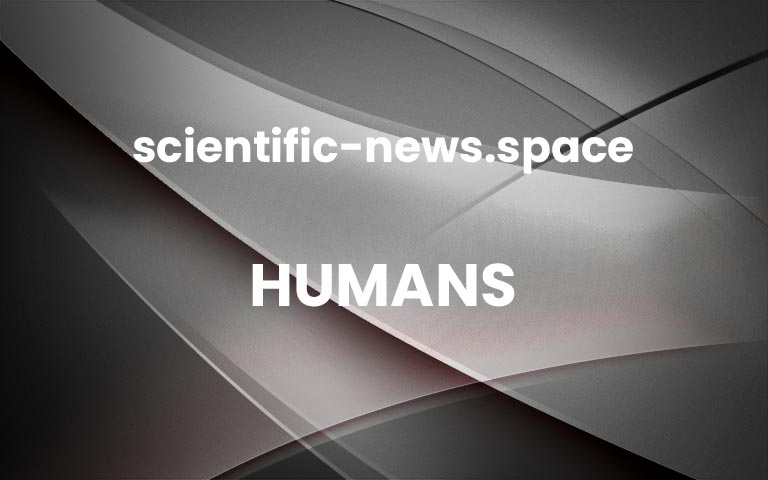I'm Your Man review: How to fall in love with a robot – maybe
By Jon O’Brien
Alma and Tom gradually become closer in this offbeat love storyChristine Fenzl
Film
I’m Your Man
Maria SchraderAdvertisement
CAN happiness flourish even when it is knowingly built on fabrication? Is perfection conducive to a healthy partnership? Can artificial and emotional intelligence truly coexist? Fresh from her Emmy-winning success with the Netflix miniseries Unorthodox, Maria Schrader leaves such questions hanging in I’m Your Man, her fourth film.
Adapted from Emma Braslavsky’s short story Ich bin dein Mensch, this German-language tale stars Downton Abbey‘s Dan Stevens as Tom, the ideal life partner. He is a handsome sharp-dresser with blue eyes that could pierce a stone, a penchant for romantic gestures and a willingness to cater to every whim. He is also a humanoid robot.
Love in the time of algorithms has been explored in the Amazon anthology Soulmates and Netflix’s Osmosis and The One. However, the central coupling here is born out of necessity rather than a search for “the one”.
Academic Alma (Maren Eggert) has reluctantly agreed to house Tom in a three-week experiment, which will help finance her research. She is completely uninterested in sharing a bed, or even a conversation, with this apparent kindred spirit, created to make her happy. “Leaving me alone should be no problem at all,” she tells Tom, who can’t compute her disdain. “That’s what makes me happiest.”
I’m Your Man is a curiosity. You could call it a sci-fi rom, yet there is little if any sci-fi or, indeed, rom. The tech behind Tom comes into play just once when he briefly malfunctions, while the film’s Berlin setting is a near-future whose aesthetic is more soft pastels than dark dystopia.
Despite Tom’s best efforts to ignite a spark using the millions of data strands at his disposal, he is thwarted by a dismissive Alma at every turn. “Ninety-three per cent of German women dream of this,” he remarks, after running a candlelit bath, strewn with rose petals. “Guess which group I belong to,” comes the reply.
It is only when Tom tones down the programmed cliches and starts responding less, well, robotically that the iciness thaws. He senses the sadness behind Alma’s steely exterior, and his matter-of-fact, yet effective, probing renders their “couples counsellor” (Toni Erdmann‘s Sandra Hüller) obsolete. Before long, Alma surprises herself by defending Tom from a colleague with no sense of personal space.
If I’m Your Man had emerged from Hollywood, this would be the cue for wedding bells. But European arthouse tends to avoid wrapping things up neatly in a bow. Although she slowly succumbs to Tom’s attributes, both physical and mental, Alma always remains aware that she is being manipulated by his constant recalibration. Happily-ever-after never looks likely.
Still, the two stars ensure you remain invested in this relationship, wherever it leads. Eggert offsets Alma’s abrasiveness with a quiet vulnerability and compassion, particularly in the scenes with her cranky dad (Wolfgang Hübsch) who has dementia, which hint at her fear of ending up in a lonely state, too.
Meanwhile, Stevens is charm personified in a performance partly inspired by Cary Grant. His comic timing is exquisite, proving that his scene-stealing turn in last year’s Eurovision movie was no fluke.
Schrader has served up a new, if resolutely low-key, tragi-comic spin on the digital love story that combines depth, humour and, no matter how mechanical, heart.
More on these topics: More


